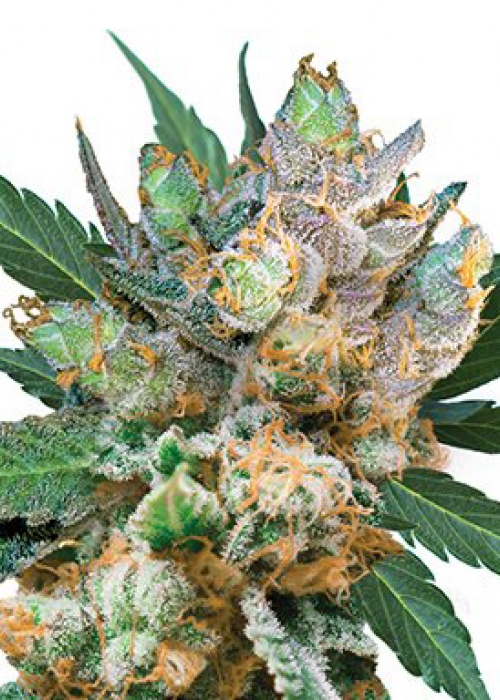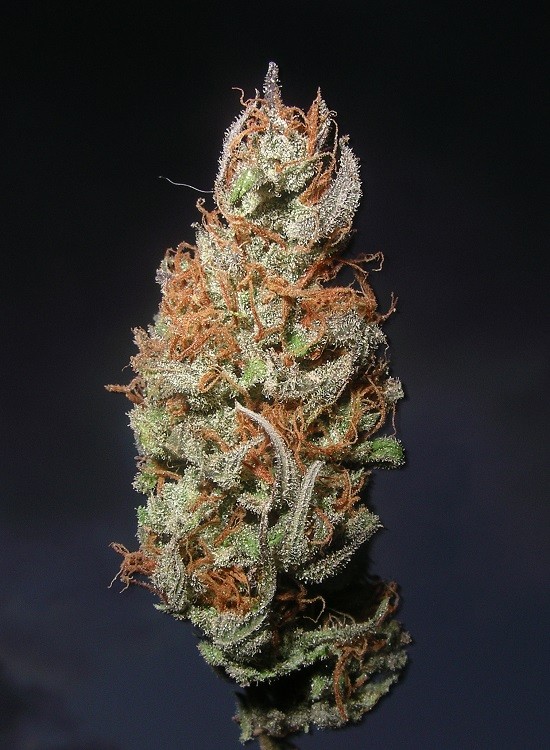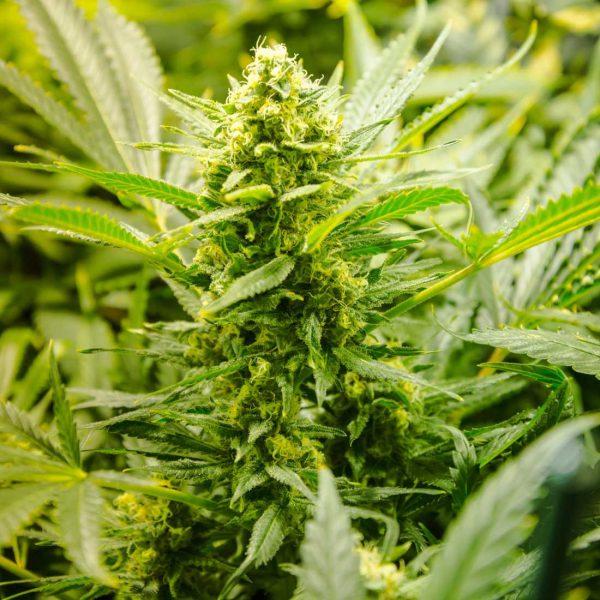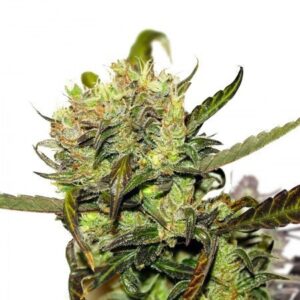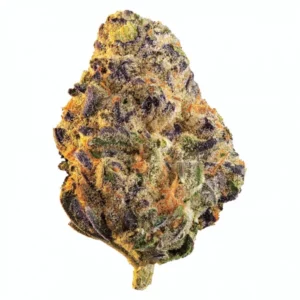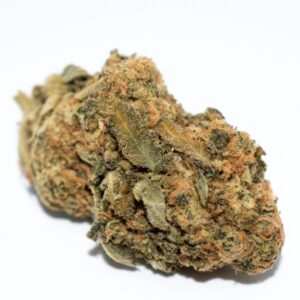Sour Lowryder 2 Autoflower Regular Cannabis Seeds
$30.00 – $300.00
Are you ready to experience the exceptional qualities of Sour Lowryder 2 Autoflower Regular Cannabis Seeds? Look no further! At Green Herb Med Center, we offer you the opportunity to buy high-quality Sour Lowryder 2 Autoflower Regular Cannabis Seeds online. Our strain selection is curated to ensure you receive only the best seeds for your cultivation needs.
Description
Buy Sour Lowryder 2 Autoflower Regular Cannabis Seeds Online
Sour Lowryder 2 Autoflower Regular Cannabis Seeds are the epitome of excellence in cannabis cultivation. Our hybrid strain is meticulously crafted by crossing the Sour Diesel and Lowryder strains, resulting in a truly exceptional variety. Its distinctive flavor and aroma make it a popular choice among growers who value uniqueness and uncompromising quality.
Characteristics of Sour Lowryder 2 Autoflower Regular Cannabis Seeds
The characteristics of Sour Lowryder 2 Autoflower Regular Cannabis Seeds set them apart from the rest. These seeds yield plants that reach a compact size, growing up to 50-60 cm in height. This makes them ideal for indoor cultivation, where space may be limited. With a short flowering time of just 8-10 weeks, you can enjoy the fruits of your labor sooner than you think. Prepare to be amazed by bountiful yields of up to 400 grams per square meter. The dense buds, glistening with resin, showcase the strain’s exceptional quality and contribute to its distinct flavor and aroma.
Benefits of Sour Lowryder 2 Autoflower Regular Cannabis Seeds
When you choose Sour Lowryder 2 Autoflower Regular Cannabis Seeds, you unlock a world of benefits. These seeds are perfect for both novice and experienced growers alike. Thanks to their easy cultivation process and minimal maintenance requirements, you can confidently embark on your growing journey. The short flowering time allows you to enjoy your harvest sooner, providing you with a quick turnaround. Additionally, the compact size of the plant makes it an excellent choice for indoor cultivation, enabling you to maximize your space effectively.
How to Grow Sour Lowryder 2 Autoflower Regular Cannabis Seeds
Growing Sour Lowryder 2 Autoflower Regular Cannabis Seeds is a breeze, even for beginners. The compact size of the plants makes them well-suited for indoor cultivation. Whether you prefer soil or hydroponic setups, these seeds adapt seamlessly to your chosen method. Aim for a pH level between 6.0-6.5 to maintain optimal conditions. Providing a moderate amount of nutrients during the growth phase, along with regular watering, will ensure healthy development. With a remarkably short flowering time of 8-10 weeks, you’ll soon witness the fully matured buds, ready for harvest.
Choosing the Right Online Store to Buy Sour Lowryder 2 Autoflower Regular Cannabis Seeds
At Green Herb Med Center, we understand the importance of selecting the right online store for your cannabis seed needs. When you choose us, you can rest assured that you’ll receive premium-quality seeds, free from any defects. Our online store offers a seamless shopping experience, complete with discreet shipping and a variety of payment options. We prioritize customer satisfaction and provide a reliable platform for all your cannabis seed purchases.
Factors to Consider Before Buying Sour Lowryder 2 Autoflower Regular Cannabis Seeds
Before purchasing Sour Lowryder 2 Autoflower Regular Cannabis Seeds, it’s crucial to consider a few key factors. Firstly, select a reputable online store with a proven track record of delivering high-quality seeds. Secondly, prioritize freshness by choosing seeds that have not been stored for an extended period. Finally, ensure the seeds are suitable for your specific growing environment and skill level, guaranteeing the best possible results.
Frequently Asked Questions (FAQs)
What is Sour Lowryder 2 Autoflower Regular Cannabis Seeds?
Sour Lowryder 2 Autoflower Regular Cannabis Seeds represent a hybrid strain renowned for its exceptional qualities and ease of cultivation.
What are the Characteristics of Sour Lowryder 2 Autoflower Regular Cannabis Seeds?
Sour Lowryder 2 Autoflower Regular Cannabis Seeds produce compact plants, boast a short flowering time, and offer yields of up to 400 grams per square meter.
How do I Grow Sour Lowryder 2 Autoflower Regular Cannabis Seeds?
Growing Sour Lowryder 2 Autoflower Regular Cannabis Seeds is a straightforward process. Opt for indoor cultivation using soil or hydroponics with a pH level of 6.0-6.5. Provide moderate nutrients and regular watering, and witness the plants flourish in just 8-10 weeks.
Where can I Buy Sour Lowryder 2 Autoflower Regular Cannabis Seeds Online?
For the finest Sour Lowryder 2 Autoflower Regular Cannabis Seeds, Green Herb Med Center is your ultimate destination. Explore our online store and experience the convenience of purchasing top-quality seeds.
What Factors Should I Consider Before Buying Sour Lowryder 2 Autoflower Regular Cannabis Seeds?
Before making a purchase, consider the reputation of the online store, seed freshness, and suitability for your growing environment and skill level.
How Much Do Sour Lowryder 2 Autoflower Regular Cannabis Seeds Cost?
The cost of Sour Lowryder 2 Autoflower Regular Cannabis Seeds may vary depending on the online store. On average, you can expect to invest around $10-$15 per seed, ensuring you receive exceptional value for your money.
Can I Grow Sour Lowryder 2 Autoflower Regular Cannabis Seeds Indoors?
Absolutely! Sour Lowryder 2 Autoflower Regular Cannabis Seeds thrive in indoor environments, making them a favorite among indoor growers. Their compact size and short flowering time make them perfectly suited for indoor cultivation.
What is the THC Content of Sour Lowryder 2 Autoflower Regular Cannabis Seeds?
The THC content of Sour Lowryder 2 Autoflower Regular Cannabis Seeds may vary, typically ranging from 15% to 20%, offering an enjoyable and well-balanced experience.
Can I Buy Sour Lowryder 2 Autoflower Regular Cannabis Seeds in Bulk?
Yes, we offer bulk purchasing options for Sour Lowryder 2 Autoflower Regular Cannabis Seeds, ensuring a cost-effective solution for acquiring a substantial quantity of seeds in one go.
Are Sour Lowryder 2 Autoflower Regular Cannabis Seeds Legal to Buy Online?
The legal status of purchasing Sour Lowryder 2 Autoflower Regular Cannabis Seeds online depends on your location. Please familiarize yourself with the laws and regulations in your area before making a purchase.
Sour Lowryder 2 Autoflower Regular Cannabis Seeds from Green Herb Med Center are the epitome of excellence. With their exceptional characteristics, remarkable benefits, and ease of cultivation, they are the perfect choice for both novice and experienced growers. Unlock your full growing potential by choosing Sour Lowryder 2 Autoflower Regular Cannabis Seeds for your next cultivation project. Place your order with us today and elevate your cannabis cultivation experience to new heights!
Additional information
| Variants | 10SEEDS, 50SEEDS, 100SEEDS |
|---|
